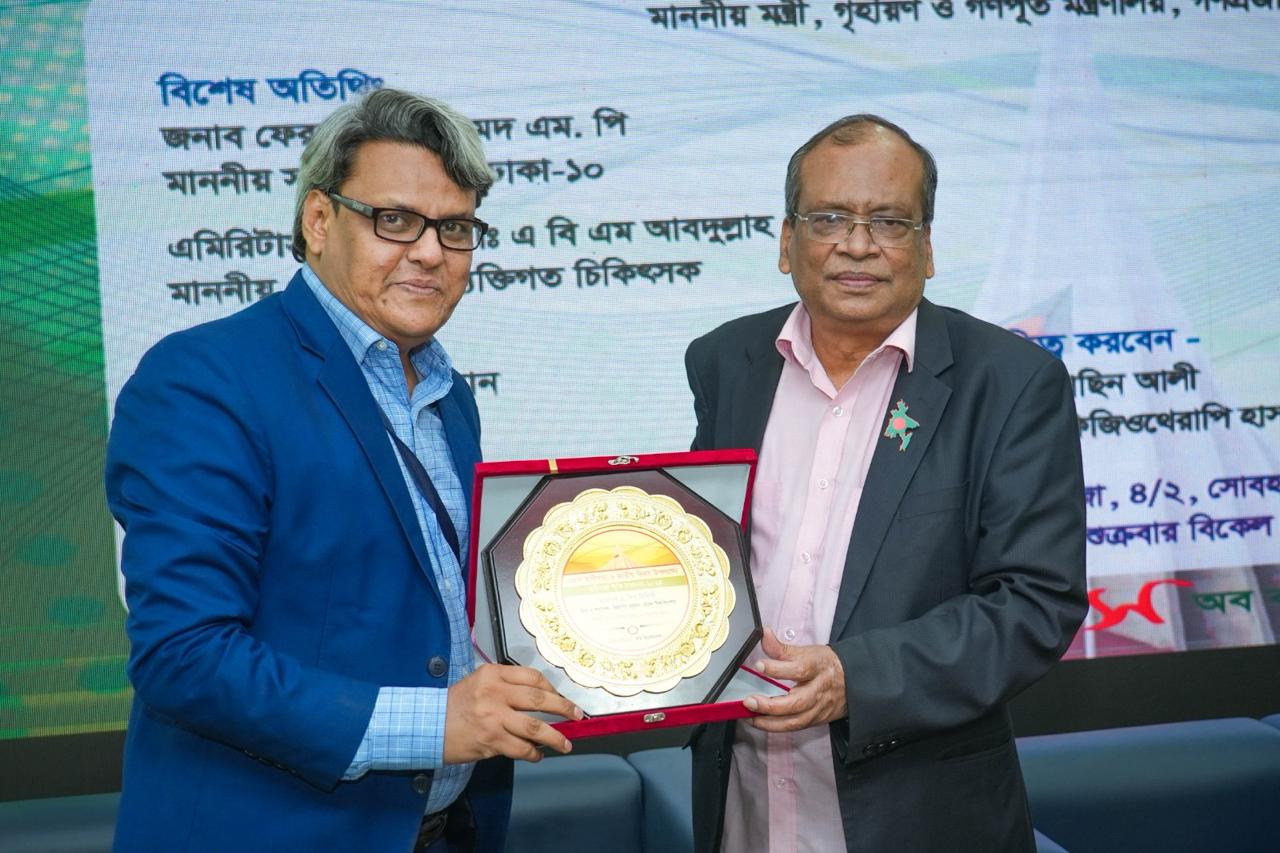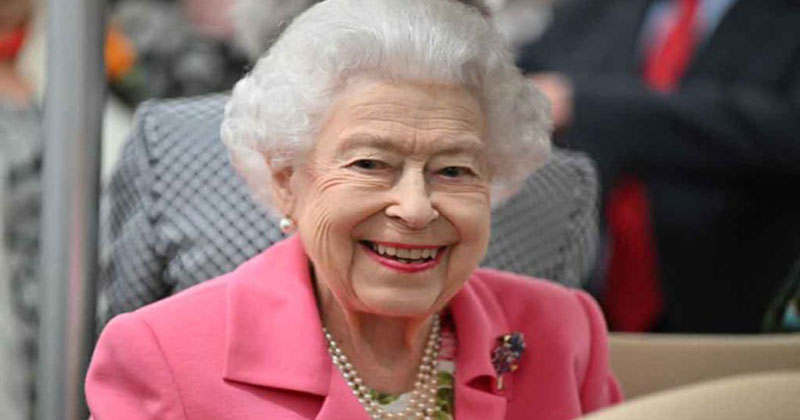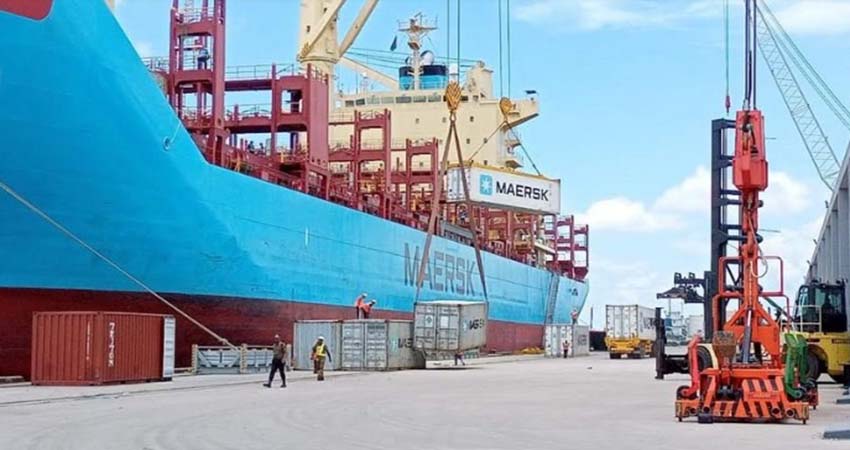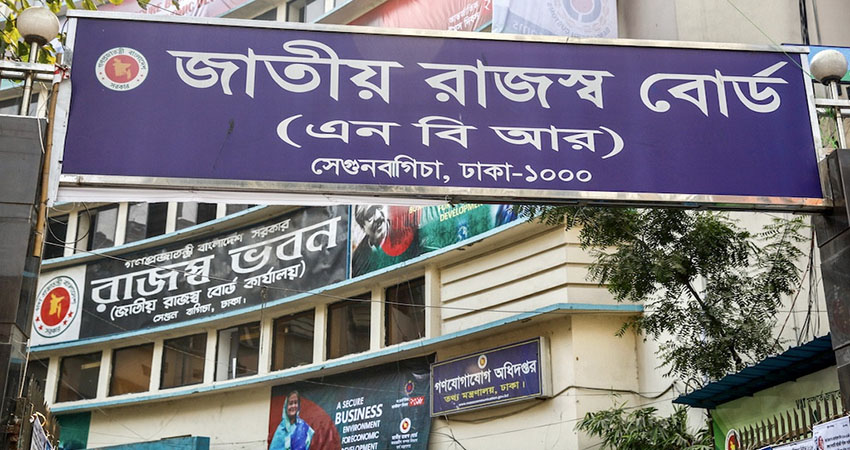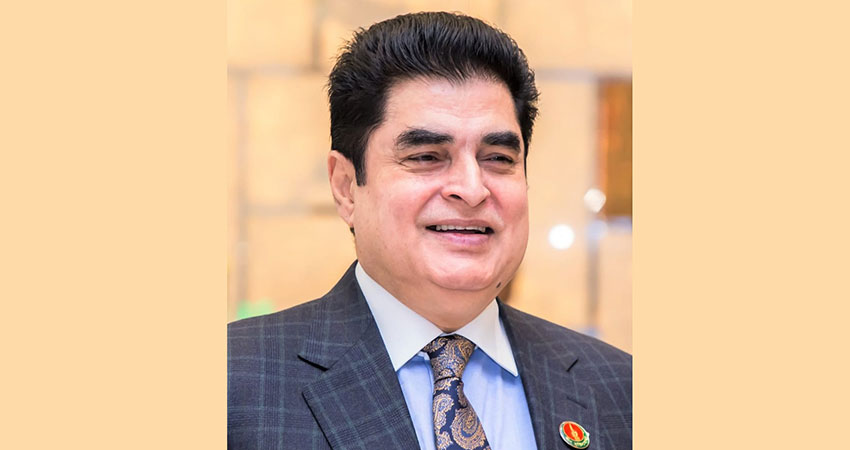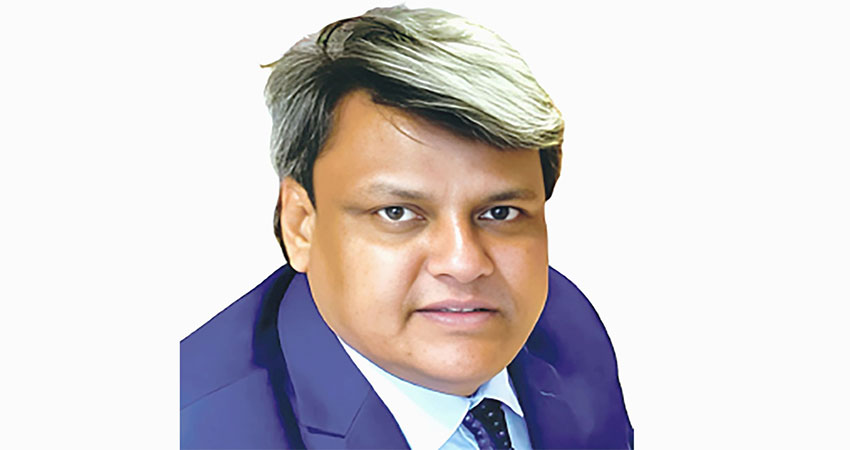Tea is one of the major export items of Bangladesh which has long been considered as a foreign exchange earning sector. There are about one and a half lakh people working in the tea industry. It is basically an agro-based, export oriented perennial crop in Bangladesh.
In the natural environment, the tea tree grows in the form of a small tree, but the general shape of the tree changes due to pruning and other care such as breaking of buds, proper collection of leaves and buds, etc.
There are three types of tea plants: Assam, Chinese and Camboid. According to the recent classification, the three varieties of tea cultivated in the three geographical regions of Southeast Asia are Assam, Chinese and Indochina.
The first two are identified varieties and the third is known as Southern or Camboid variety. Thus there are Assam varieties of light leaves and dark leaves, as well as varieties like Monipuri.
Currently commercially grown tea plants are mixed. There are various types of tea plants including leaf angle, position, shape, hairiness and variety.
Most of the tea varieties in Bangladesh are hybrid and mixed and they also have different characteristics. Most teas, however, are varieties of dark colored leaves. Forests also play a vital role in the successful and productive development of tea cultivation in Bangladesh.
After collection, the tea leaves are processed in the factory. Black tea is the most popular and widely used beverage in Bangladesh. The main activity of tea making includes collection of tea buds, processing, rolling, fermentation, drying, baking, custom separation and packing. Making quality tealargely depends on the quality of collected tea leaves i.e. two leaves anda bud.
Bangabandhu made an unforgettable contribution to the development of the tea industry during his tenure as Chairman and later as the Prime Minister after the War of Liberation.
June 4 has been declared 'National Tea Day' to commemorate Bangabandhu's outstanding contribution to the tea industry and the date of his joining as the Chairman of the Tea Board and to consider the role of tea industry in the overall economic development of the country.
During the tenure of Bangabandhu as Chairman, he intensified the research activities at the Srimangal Tea Research Station in Moulvibazar and directed the development of high yielding varieties of clone tea plants. Under the direction of Bangabandhu, initiative was taken to plant high yielding varieties of seedlings in rented tea gardens of Karnafuli and Srimangal.
He introduced the Contributory Provident Fund for the officers and employees of the Tea Board by amending the Tea Act, 1950, which is still in operation.
Tea cultivation began in Assam and adjoining areas of India in the early 1800's. Following this, land was allotted for tea cultivation on the banks of river Karnafuli in Chittagong district of Bangladesh in 1828. But tea cultivation is delayed there for various reasons.
In 1840, a tea garden was established in the area adjacent to the present Chittagong Club in the city of Chittagong. This garden also became extinct soon after its establishment. Then in 1847 Malnichhara tea garden was established near Airport Road in Sylhet city. Originally Malnichharai was the first commercial tea garden in Bangladesh.
Robert Bruce found tea trees in the highlands of Assam. At the same time, wild species of tea plants are also found in Khasi and Jainta hills. Tea production also started in Chittagong. Saplings were imported from China for tea production and Chinese species of tea plants were planted in the Calcutta Botanical Garden.
James Finlay established absolute dominance in the tea industry of Sylhet. A small indigenous entrepreneurial class had been involved in the tea industry. Despite the competition of domestic entrepreneurs, the dominance of foreign companies has never been disrupted.
Because of the technical knowledge and the marketing of tea, the locals relied on the Europeans. However, through this industry a kind of collaborative relationship developed between domestic and foreign entrepreneurs.
Until the independence of the country, tea was cultivated in only two districts in Bangladesh, one in Sylhet district which was known as 'Surma Valley' and the other in Chittagong district which was known as 'Halda Valley'.
During the war of independence in 1971, tea gardens were almost destroyed. Bangabandhu took various steps to make this industry a sustainable sector. After independence, he formed the Bangladesh Tea Industries Management Committee (BTIMC).
In order to maintain the existence of the tea industry, the then government provided cash subsidy to the tea growers and also fertilizer at subsidized price. The fertilizer supply activities are still going on. Bangabandhu ensured the welfare of the tea workers; Such as free accommodation, potable water, baby care centre, primary education and ration.
He upgraded the Bangladesh Tea Research Station to a full-fledged tea research institute in 1973. At present it is known as Bangladesh Tea Research Institute (BTRI).
The tea industry has made great strides due to various effective measures taken at present. Tea production in 1970 was 31.38 million kg. In 2016, 85.05 million kg of tea was produced. In 2086, 82.12 million kg and in 2019, a record amount of 96.07 million kg and in 2020, 86.39 million kg of tea was produced.
In 1980, the number of tea gardens in Bangladesh was 150, now there are 167 tea gardens.The government is implementing a plan titled 'Development Roadmap: Bangladesh Tea Industry', which includes 11 action strategies for the development of Bangladesh's tea industry, which will play a vital role in advancing the country's tea industry in the future.
Writer: Columnist, and Asst Officer, Career & Professional Development Services Department (CPDS), Southeast University.
Tea industry deserves special attention


